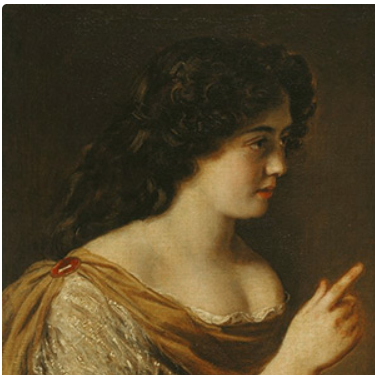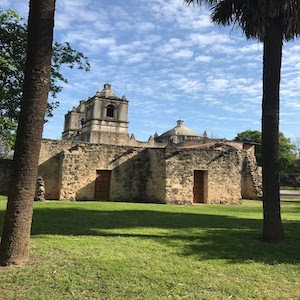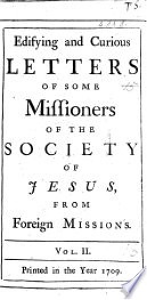Early Modern (1450 CE - 1800 CE)

Misión San Ildefonso
The San Ildefonso Mission, once operated as a Spanish colonial church near Santa Fe, New Mexico. Its adobe structure was built with indigenous labor under the supervision of Francsican friars.

The Letters of Marie Mancini
The site’s great strengths currently lie in its annotated translations and ease of use, with the team having obviously given some thought to how users might want to explore these letters.
Misión Nuestra Señora de la Purísima Concepción de Acuña
The Spanish Crown claimed possession of vast territories throughout North, Central, and South America between the late-fifteenth and early and nineteenth centuries.

Misión San Francisco de la Espada
The Misión San Francisco de la Espada is one of the many churches that Spanish friars founded along the modern-day Southwestern United States. This area was a frontier-zone, bordering indigneous communities and British and French territories.

Misión San José y San Miguel de Aguayo
The San Jose Mission in San Antonio, Texas is one of the most complete complexes in the southwest. It was built in the mid-eighteenth century to evangelize approximately 300 indigenous people.Their tiny, two-room living quarters lined the interior walls of the complex.

Misión Santa Cruz de San Sabá
The ruins of the Mission Santa Cruz de San Sabá are located in Menard, Texas. It once operated as a Spanish colonial church and military outpost. In the seventeenth and eighteenth centuries, Spanish friars established many such structures across the Southwestern United States.

Nuestra Señora de la Bahía del Espíritu Santo de Zúñiga
This church was built as part of the larger project of indigneous evangelization, in which the Spanish Crown sent missionaries along the northern border of its North American possessions to establish churches and convert the natives.

La Misión de Corpus Christi de San Antonio de la Ysleta del Sur
Although the Spanish Crown claimed possession of the modern-day US borderlands, it was not able to send many settlers to the region. As a result, the priests and missionaries stationed there often took on both religious and government responsibilities.

Edifying and curious letters of some Missioners of the Society of Jesus from foreign missions
After reaching and residing in foreign places, Christian missionaries sent different kinds of writings (letters, reports, notes, etc.) back to Europe. These writings, based on different Church orders to which missionaries belonged, are normally stored in different archives (most in Rome).

The World: Map of N. & S. America
Matthaeus Seutter was an acclaimed German mapmaker in the early eighteenth century. He published maps that introduced the geography of the Americas to many people who would never set foot on the continents themselves.